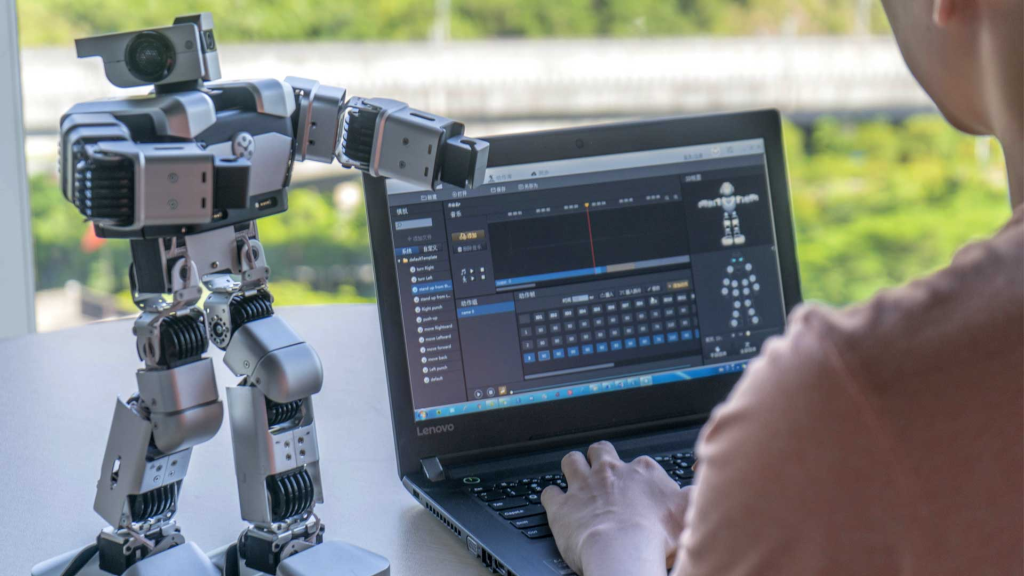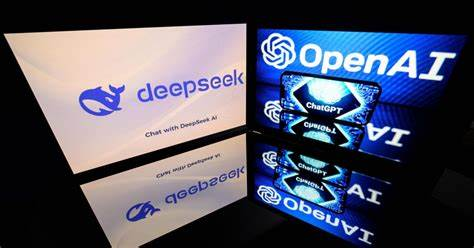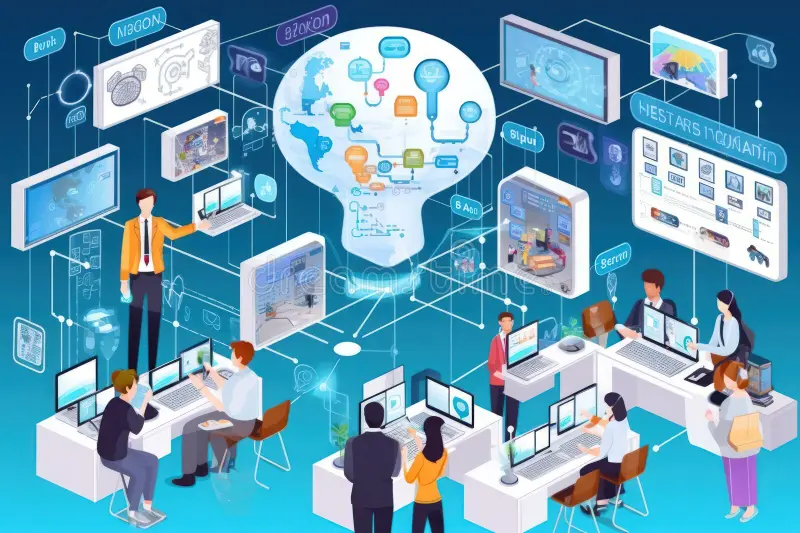Humanoid robots have long been a staple of science fiction, but recent advancements in AI and robotics are bringing them closer to reality. These robots, designed to mimic human appearance and capabilities, have the potential to revolutionize industries and change the way we live and work. This article explores the various applications of humanoid robots, the companies at the forefront of their development, and the challenges that lie ahead.
Applications of Humanoid Robots
Humanoid robots are being developed for a wide range of applications across different sectors. In industrial production, companies like Tesla and ABB are leveraging these robots for tasks such as assembly, quality control, and material handling. For example, Tesla’s Optimus Gen2 is designed to assist in manufacturing processes, including assembly line tasks and heavy lifting. These robots can perform repetitive and dangerous tasks with high precision, reducing the risk to human workers and increasing productivity.

In the logistics sector, humanoid robots are being tested for warehouse management, sorting, and delivery. Companies like 1X Technologies and Agility Digit are exploring how these robots can optimize supply chain operations. They can navigate complex environments, identify and pick items, and even perform tasks like loading and unloading trucks.
Beyond industry, humanoid robots also have potential applications in household chores and personal assistance. Robots like Mobile ALOHA are being developed to perform tasks such as cooking, cleaning, and even providing companionship. These robots can help reduce the burden on individuals and improve the quality of life for many.
Key Companies Developing Humanoid Robots
Tesla is a major player in the development of humanoid robots. The company’s Optimus Gen2, released in December 2023, showcases significant improvements over its predecessor. This robot features a redesigned hand with 11 degrees of freedom, improved walking speed, and a more human-like appearance. Tesla’s approach leverages its expertise in AI and autonomous vehicle technology, integrating components like the FSD chip and neural networks.
Other companies are also making strides in this field. ABB, a leader in industrial automation, has developed robots capable of high-precision picking and sorting in warehouses. Additionally, companies like Xiaomi and Ubtech are focusing on consumer-oriented humanoid robots, aiming to bring these technologies into everyday life.
Current Challenges
Despite the progress, several challenges remain. Technical limitations are still a significant hurdle. Humanoid robots need to achieve better balance, dexterity, and energy efficiency to be truly practical. For example, while Optimus Gen2 has made strides in these areas, it still faces challenges in performing tasks as smoothly and efficiently as humans.
Cost and scalability are also major concerns. Developing and deploying humanoid robots requires substantial investment, and reducing costs while maintaining performance is essential for widespread adoption. Additionally, ensuring the safety and ethical use of these robots is crucial. Issues such as job displacement and potential misuse need to be addressed to gain public trust.
Future Outlook
The future of humanoid robots looks promising. Continued advancements in AI, materials science, and manufacturing could lead to more capable and affordable robots. As these technologies mature, we can expect to see humanoid robots playing a larger role in both industrial and consumer markets. The potential for these robots to enhance productivity, improve safety, and provide assistance in various sectors is immense.
Conclusion
In summary, humanoid robots are poised to make a significant impact across multiple industries. While there are challenges to overcome, the potential benefits are substantial. Companies like Tesla are leading the way with innovative solutions, and the future looks bright for these advanced machines. As we continue to push the boundaries of what robots can do, the possibilities are endless.
Questions and Answers
- What are the primary applications of humanoid robots?
- Humanoid robots are primarily used in industrial production for tasks like assembly and quality control, in logistics for warehousing and sorting, and in households for chores and personal assistance.
- Which companies are leading the development of humanoid robots?
- Tesla is a major player with its Optimus Gen2, but other companies like ABB, Xiaomi, and Ubtech are also making significant contributions.
- What are the main technical challenges facing humanoid robots?
- Key technical challenges include achieving better balance, dexterity, and energy efficiency to make these robots more practical and efficient.
- How does Tesla’s Optimus Gen2 compare to its predecessor?
- Optimus Gen2 features significant improvements such as a redesigned hand with 11 degrees of freedom, improved walking speed, and a more human-like appearance.
- What are the ethical concerns related to humanoid robots?
- Ethical concerns include job displacement, potential misuse, and ensuring the safety and reliability of these robots.
- What is the future outlook for humanoid robots?
- The future looks promising with continued advancements in AI and manufacturing. Humanoid robots are expected to play a larger role in both industrial and consumer markets, enhancing productivity and providing assistance.





